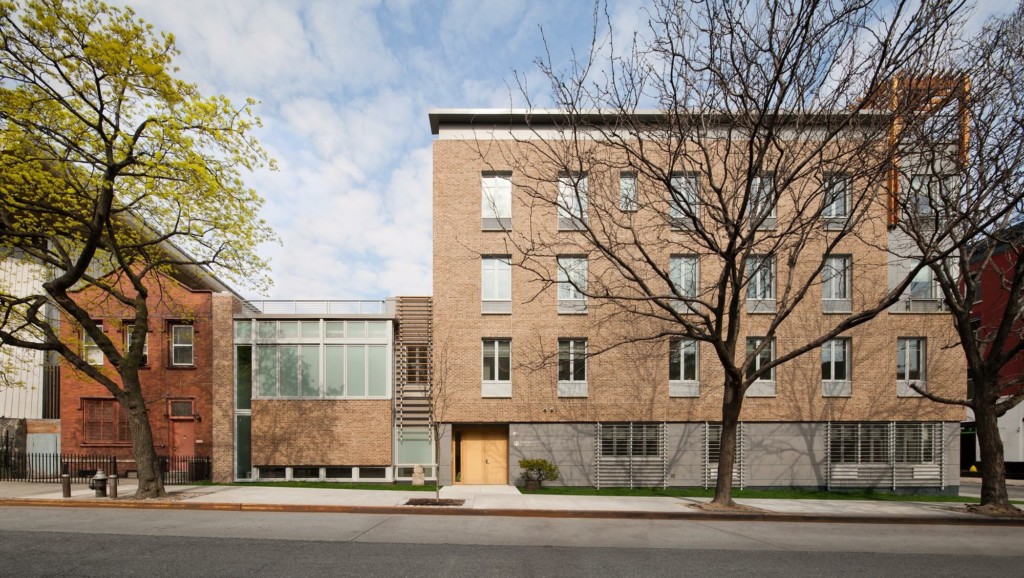
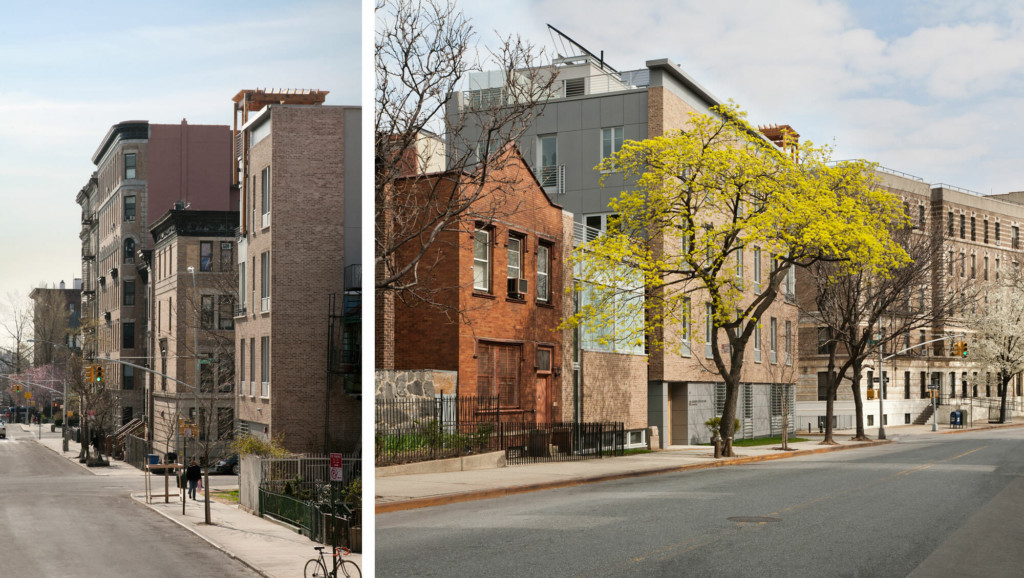
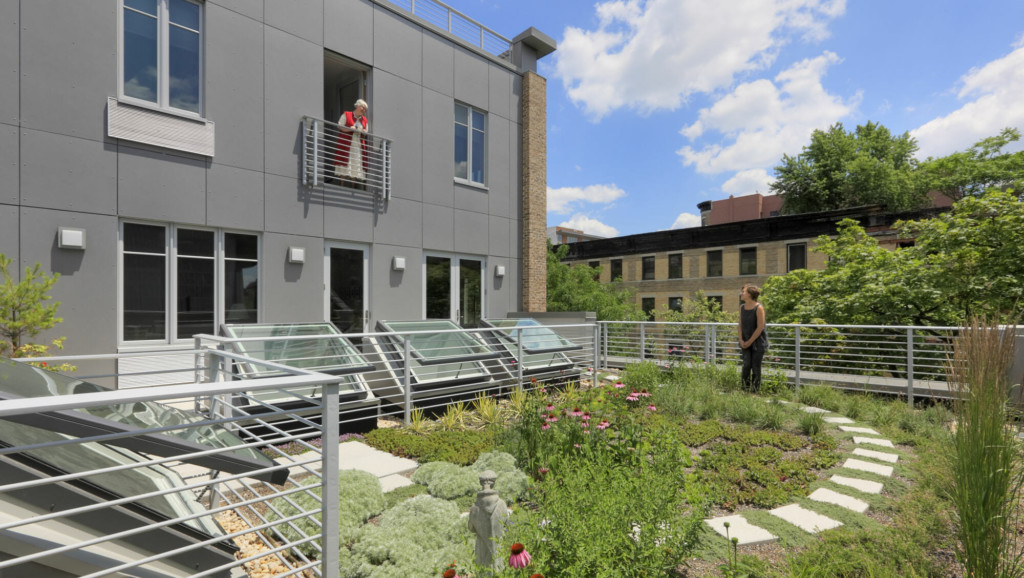
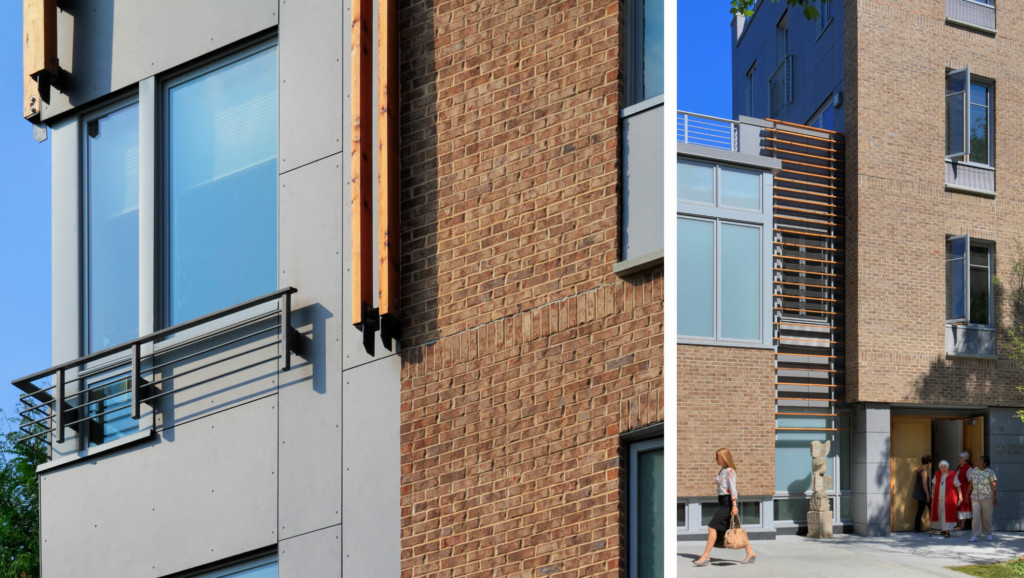
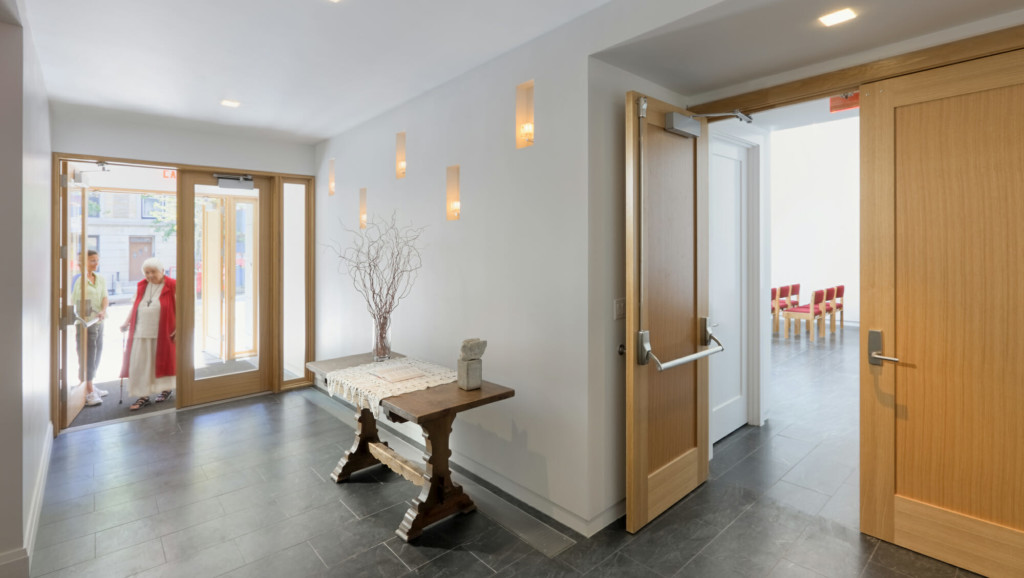
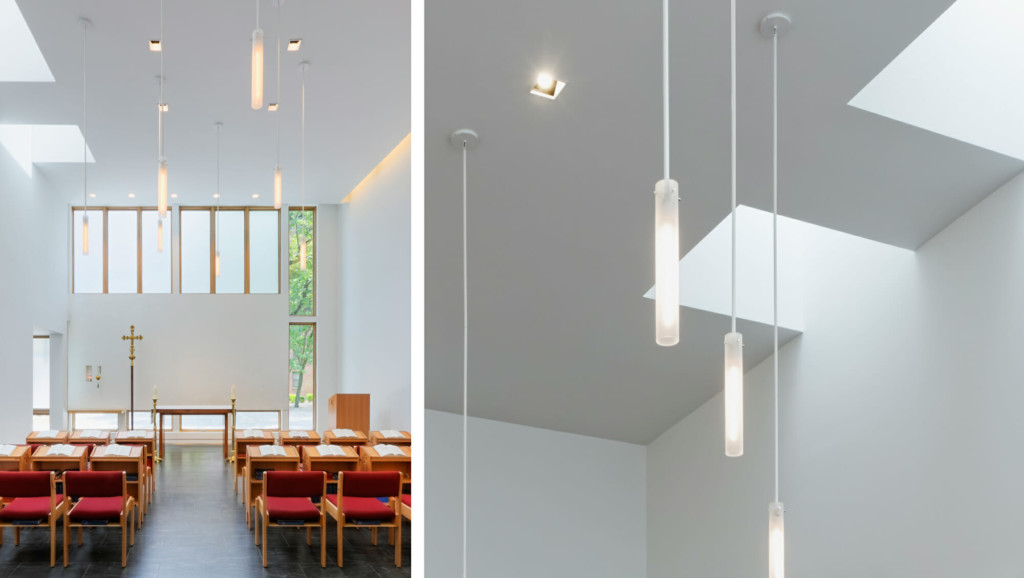
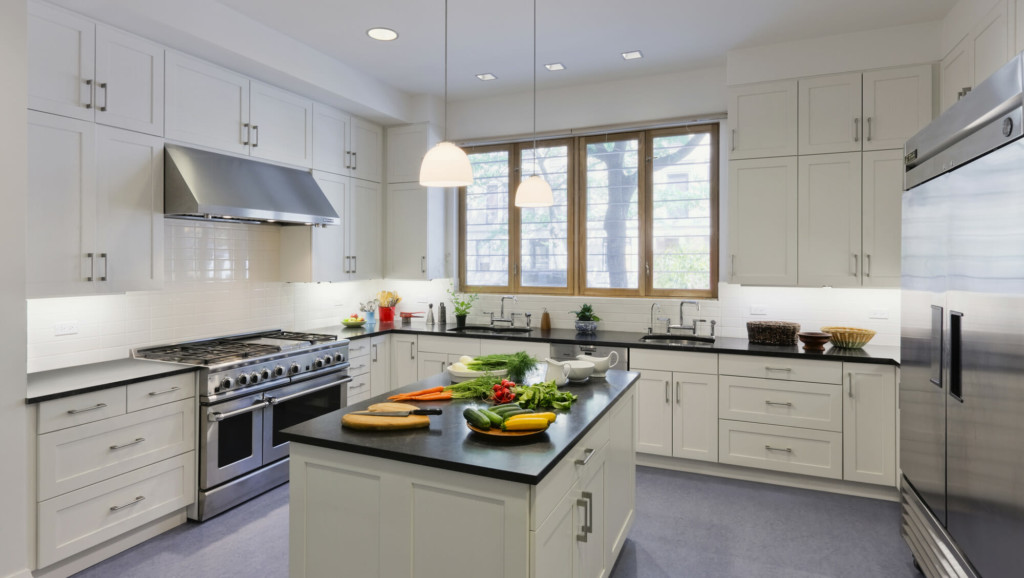

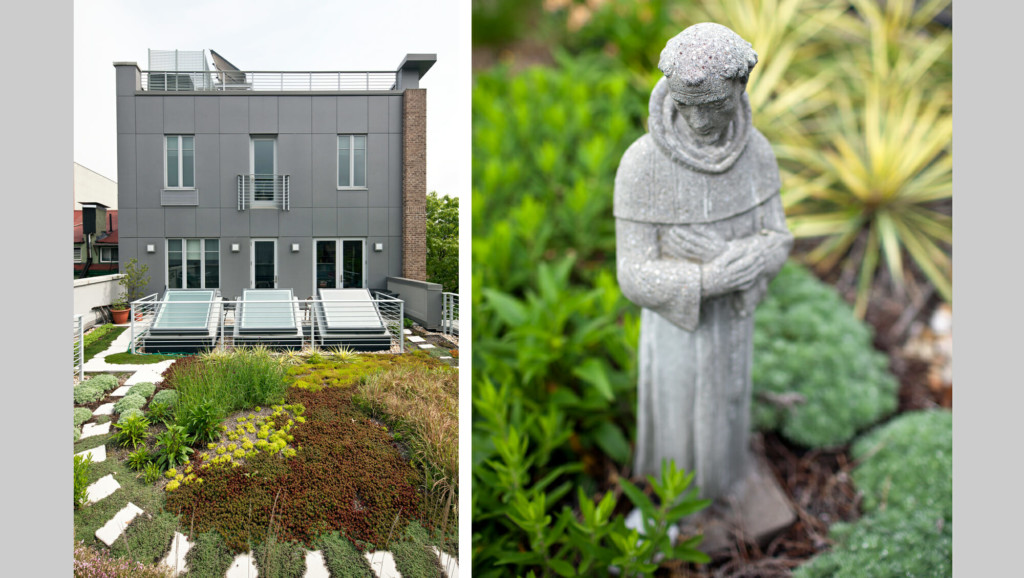

View Gallery
St. Hilda’s House Convent
Occupancy
2010Location
454 Convent Ave New York, New YorkClient
Community of the Holy SpiritThe new convent for the Community of the Holy Spirit in upper Manhattan is designed to inspire quiet contemplation, both individually and collectively, for a monastic community of women in the Episcopal church. The inherent spiritual and philosophical underpinnings of their Order mandate a great respect for the natural world and a careful approach to living lightly within it.
Embracing tradition and modernity in equal measure, the Convent makes a strong statement about living graciously in simple surroundings. The building functions as a place of spiritual reflection, worship, and outreach, as well as a home. Throughout materials that celebrate nature and craft make tangible the Sisters’ commitment to the environment. Sustainable measures include two green roofs, a solar hot water heater, rainwater collection, abundant natural ventilation, a tight building envelope, and carefully sourced finishes. While modest in scale, the Convent makes incredibly efficient use of its site while simultaneously creating a surprising experience of both intimacy and appropriate grandeur in its ceremonial and ecclesiastical spaces.
Awards
Faith & Form Magazine/IFRAA Art & Architecture, Religious Architecture Merit, 2012
Brick Industry Association, Silver Award for House of Worship, 2011
Press
“A Forward Retreat. The sisters of New York City’s Hilda’s House cultivate an ideal example of sacrificial and sustainable living,” Worship Facilities (print and online), March 2012
“Savvy Sisters: A Sustainable Convent in Harlem,” The Architect's Newspaper (print & online), October 2011
“BKSK Architects Design & Build a Green Convent in Upper Manhattan,” Inhabitat, September 2011
“Praise the Lord and Green the Roof,” New York Times, January 2009
Collaborators:
ICS Builders Inc. – general contractor; Weidlinger Associates – structural; Laslo Bodak – MEP; Denis Gray Horticulture – green roof consultant; Horton Lees Brogden – lighting design; Acoustic Dimensions – acoustic/av/it
Photos by Jeff Goldberg/ESTO and Ari Burling
Related Projects
Queens Botanical Garden Master Plan"Of the 14 firms that the sisters had invited to submit proposals, BKSK ultimately wooed them with a plan that features rooftop gardens, water heated by solar power, rainwater collection, natural light and ventilation and the use of environmentally sensitive materials throughout."
Joseph Huff-Hannon for the New York Times
